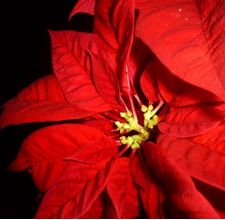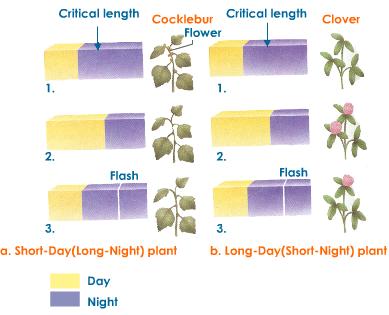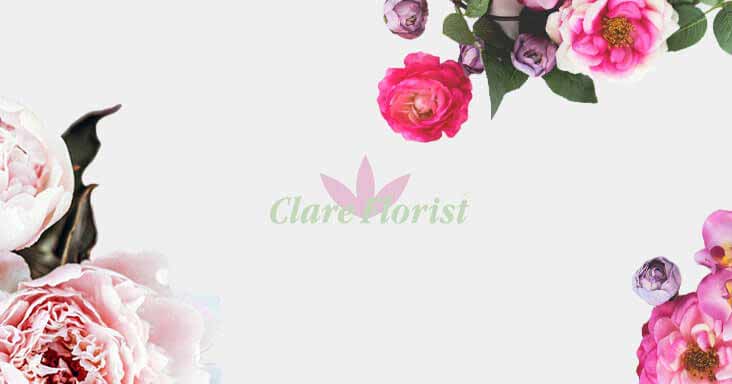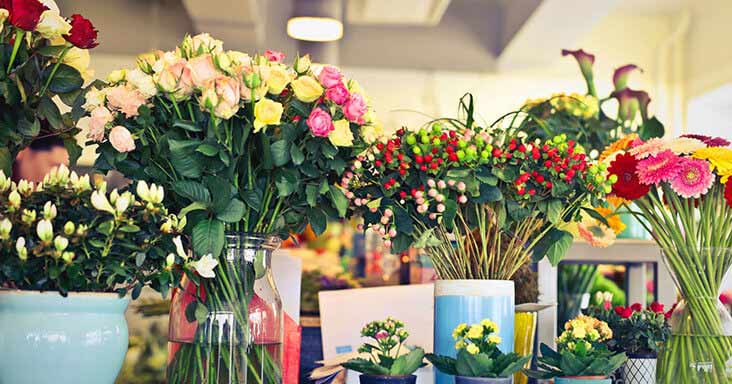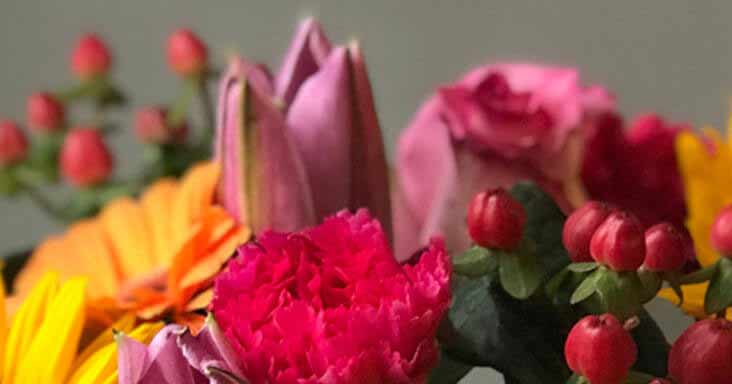The natural rhythms that are all instilled in us by the rising and setting of the sun plays an important role in our every day lives. From reinforcing our circadian rhythms and body clocks our bodies act differently at different points of the day and require a period of light and dark to function properly. The same also applies in flowers to. The physiological reaction of organism to the length of day and night is known as photoperiodism and in plants it controls their signals to flower, their notion of the seasons and how much stem and root growth occurs in particular months.
Within plants there are also two ways in which plants are affected by light. The obligate photoperiodic plants require a definite amount of darkness for them to flower whilst the facultative photoperiodic plants have a greater chance of flowering if they receive a particular amount of darkness but will eventually flower regardless of night length. Photoperiodic plants fall into two main categories, long-day and short-day plants with the difference being the number of ours a plant requires in the darkness not the length of the day or the daylight it receives. The way a plant is aware of day and night is through special proteins called phytochrome and cryptochrome which assume different forms depending on whether its night or day,
Long-day plants require fewer than a critical number of ours of darkness in a 24 hour period as to induce flowering, which in the northern hemisphere means they flower in late spring or early summer with the situation being reversed in the southern hemisphere.
Long-day plants include, carnations, oat, clover, lettuce, wheat, turnip and barley.
Short-day plants require there to be a longer period of darkness than a critical amount as to induce flowering. During this dark period however if artificial light is shone on the plant for more than a couple of minutes the plant will not be able to flower as the darkness must be continuous and uninterrupted. Natural light from the moon or street lighting though isn’t bright enough interrupt the plants flowering cycle. In the northern hemisphere these plants mainly flower at the end of summer of start of autumn as the nights begin to get shorter.
Short day plants include Strawberries, coffee, rice, sugar cane, chrysanthemums and cotton.


